This article was co-authored by Clinton M. Sandvick, JD, PhD. Clinton M. Sandvick worked as a civil litigator in California for over 7 years. He received his JD from the University of Wisconsin-Madison in 1998 and his PhD in American History from the University of Oregon in 2013.
This article has been viewed 83,429 times.
With the proper knowledge, it is possible to conduct your own deed search. Deeds are the written record of the transfer of an interest in real property and typically are used to transfer ownership rights. In order for a transfer of real property rights to be effective it must be in writing and “recorded,” or filed, with the county in which the property is located. Because deeds are public records, anyone can search for them. If you are interested in a piece of property for financial or personal reasons, you will need to establish the chain of title and current ownership interests.
Steps
Searching from Home
-
1Gather information on the property. The street address is a good place to start, but you will also want to track down more specific information about the current owner, such as whether or not they are selling the property.
- One good piece of information to get is the Assessor's Parcel Number (APN). This is a unique number assigned by a tax assessor that contain particular information about the property. Depending on the location you are looking in, it may also be called the Property Tax or Parcel Identification Number.[1]
-
2Find where property records are kept. Local jurisdictions maintain deeds in a variety of places, most commonly town and county courthouses and clerk's offices. Older deeds may be housed in state archives.[2] Individual record locations may be difficult to track down, so you may be better off searching on a separate online database like one of the following:Advertisement
-
3Search an online database. Some record sites have online databases that allow you to search for local records. Fill out as much information as you can for finding the deed. At the very least, you should include the property address, the owner's name, and the ID number.
- Many deeds are written by hand, and thus can contain errors. Misspellings can be common, and if you have difficulty finding a name or address, try some alternate spellings[3]
-
4Look for a chain of title. The purpose of a deed is to determine who has legal ownership of the property. Because the deed records the transfer of property from one owner to another, finding these names will allow you to trace the ownership of a property back through time. This is necessary if you want to find a deed regarding a past owner rather than the current owner.[4]
- In searching through deeds, you may come across names of companies or large landowners that have many properties to their name. This is where other information you have, such as the address or APN, can be helpful in narrowing down a long list of potential dead ends.[5]
- If a name isn't recorded in the chain, it doesn't exist, at least in terms of legal notice of a claim of interest. You may come across such a "wild" deed, which records a transaction outside of the legal chain of title. Different states have different rules for the legal standing of wild deeds, so if you have a financial interest at stake in the property, you should discuss the issue with a property lawyer.[6]
-
5Locate the recording number. Once you have found the deed, it should have a particular recording number, registering its entrance into the records. This is the number that will let you find the actual deed on file.
-
6Hire a researcher. For offices that do not have a database, or even those that do, it may be best to hire someone in the office to track the deed for you. This is most effective for record offices that you cannot get to yourself due to available time and distance.
-
7Pay necessary fees. If you want the deed to study further, you will need a copy, either paper one sent by the records office, or digital file made available to you. Most offices will charge for copies. The cost depends greatly on the size of the file you are looking at, how many copies you want, and the jurisdiction where you are researching.
Searching the Records
-
1Go to the records office during its open hours. These records are available to the public, but you cannot just go in and search anytime you want. Most public offices are open during regular business hours, and closed for government holidays. If they have a smaller staff, parts of the office may not be open all day.
-
2Ask the clerks for help. Most are very knowledgeable and eager to help. Be sure to supply them with as much information as possible. The more information you have, the more they will be able to assist you.
-
3Search the appropriate form of database. Different offices will have different ways of storing their records. Some may even have a variety of different databases, depending on the time period you are searching in. The clerks should be able to direct you to the right database.
- For older deeds, you will be directed to the grantor-grantee index books. These are typically large volumes. They may have gathered a great deal of dust through the passing decades. There are likely separate indexes for grantors (sellers) and grantees (buyers), so be prepared to search each separately.[7]
- In some cases, the jurisdiction you are in will have put the older deeds on microfiche or microfilm. If they do, there will also be machines to read the film. If you don't know how to use the machine, ask the clerk for assistance.
- If you are lucky, the jurisdiction will have scanned everything into computer files. Don't count on it, though. Many locales only went back to a set year, say 1970, when computerizing their records.
-
4Look for a chain of title. The purpose of a deed is to determine who has legal ownership of the property. Because the deed records the transfer of property from one owner to another, finding these names will allow you to trace the ownership of a property back through time.[8]
- In searching through deeds, you may come across names of companies or large landowners that have many properties to their name. This is where other information you have, such as the address or APN, can be helpful in narrowing down a long list of potential dead ends.[9]
- If a name isn't recorded in the chain, it doesn't exist, at least in terms of legal notice of a claim of interest. You may come across a "wild" deed, which records a transaction outside of the legal chain of title. Different states have different rules for the legal standing of wild deeds, so if you have a financial interest at stake in the property, you should discuss the issue with a property lawyer.[10]
-
5Locate the recording number. Once you have found the deed, it should have a particular recording number, registering its entrance into the records. This is the number that the clerk will use to find the actual the deed itself.
-
6Get copies of the deed from the clerk. Once you have the recording number, the clerk should be able to pull the deed and either make copies, or let you make copies of the deed. Each office is different, so be sure to ask the clerk what to do.
-
7Pay necessary fees. Most offices will charge for copies. The cost depends greatly on the size of the file you are looking at, how many copies you want, and the jurisdiction where you are researching. You don't want to be surprised when they ask you to pay!
Warnings
- Researching deeds can a very technical process. It is fine to do it out of curiosity or as a hobby. It is also fine to do the preliminary research yourself. However, if you are going to be financially at risk, it may be best take whatever you have found to a professional.⧼thumbs_response⧽
References
- ↑ http://finance.zacks.com/property-tax-id-number-house-2550.html
- ↑ https://www.rocketlawyer.com/article/how-to-search-property-deed-records-ps.rl
- ↑ https://www.rocketlawyer.com/article/how-to-search-property-deed-records-ps.rl
- ↑ http://dohistory.org/on_your_own/toolkit/deeds.html
- ↑ http://www.banksinfo.com/blog/conducting-chain-of-title-search/
- ↑ http://www.banksinfo.com/blog/conducting-chain-of-title-search/
- ↑ http://dohistory.org/on_your_own/toolkit/deeds.html
- ↑ http://dohistory.org/on_your_own/toolkit/deeds.html
- ↑ http://www.banksinfo.com/blog/conducting-chain-of-title-search/
About This Article
If you need to find the deed to a property, you can easily search for it since it’s public record. Local jurisdictions can keep property records in a few different places, like town and county courthouses and clerk’s offices. Older deeds may be in state archives. Try searching some online databases, like courthousedirect.com to find where your deed might be. At the least, you’ll need to know the address and the property owner’s name, but having things like the Assessor’s Parcel Number, which is a unique number given by a tax assessor, can make your search easier. You can also go to your local records office and ask the clerk for help locating the deed. To learn how to get copies of the deed, keep reading!
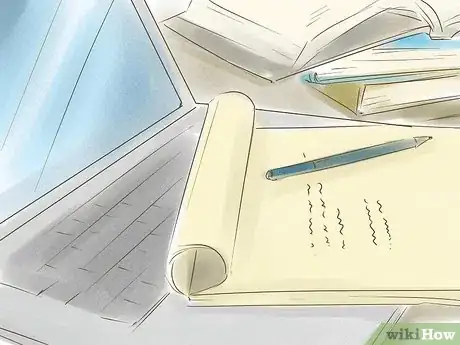




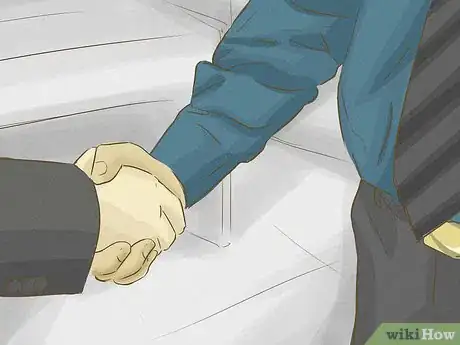




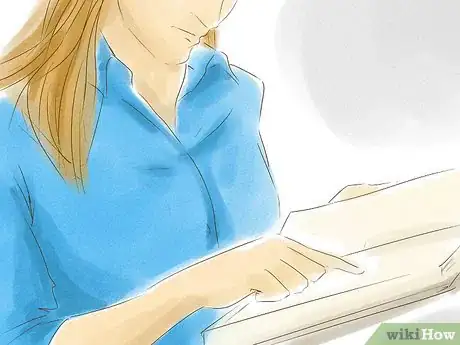

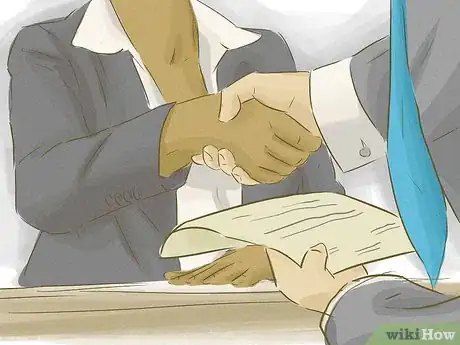
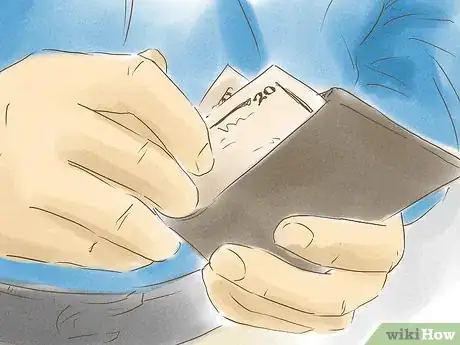

-Step-17.webp)
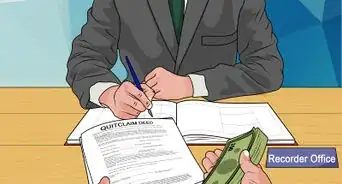
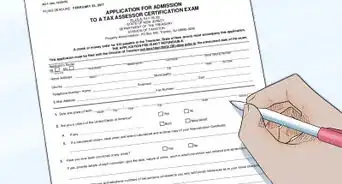






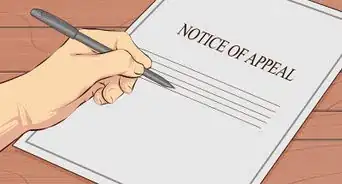
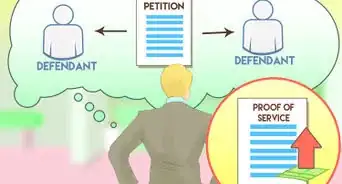










-Step-17.webp)




































